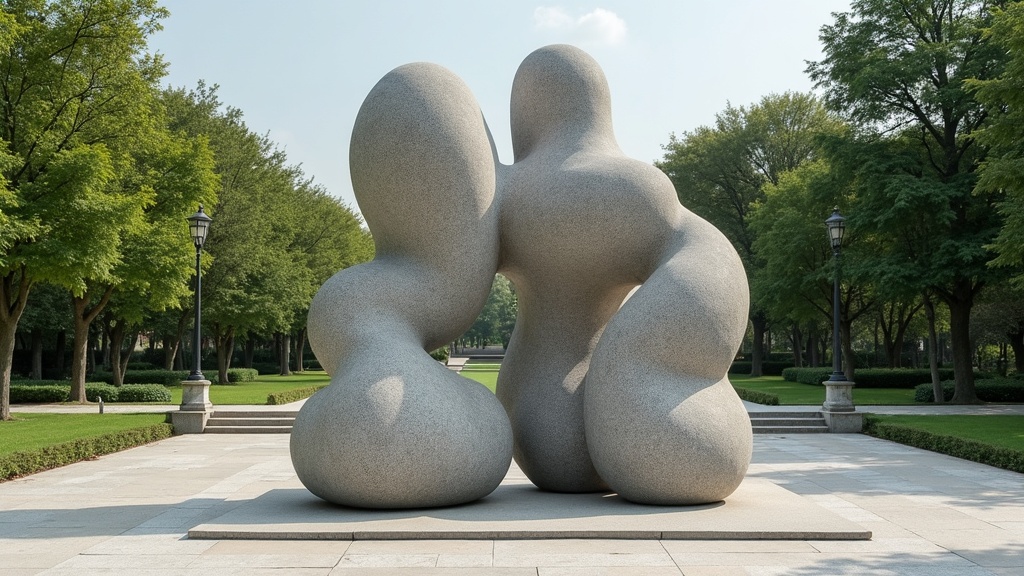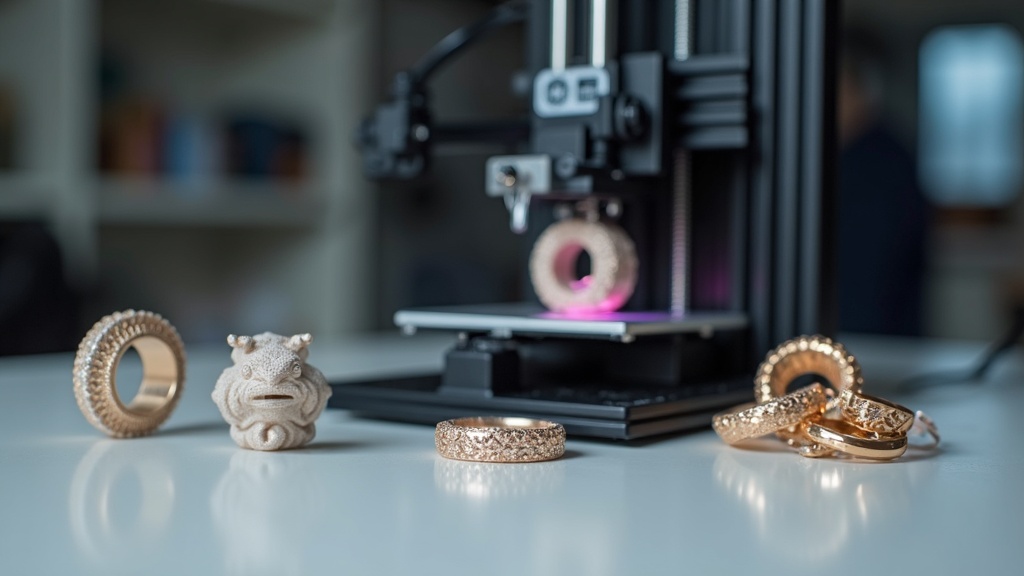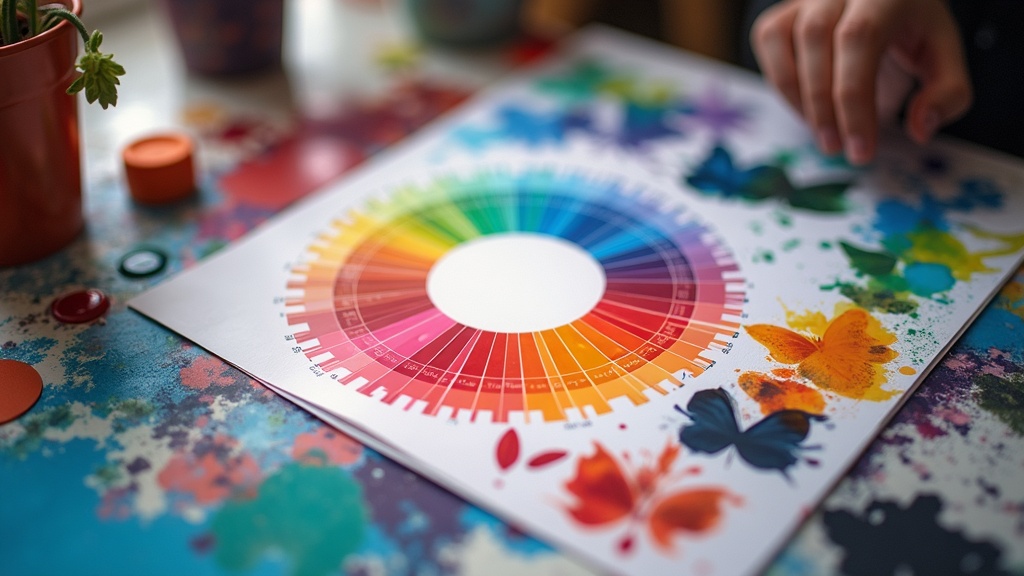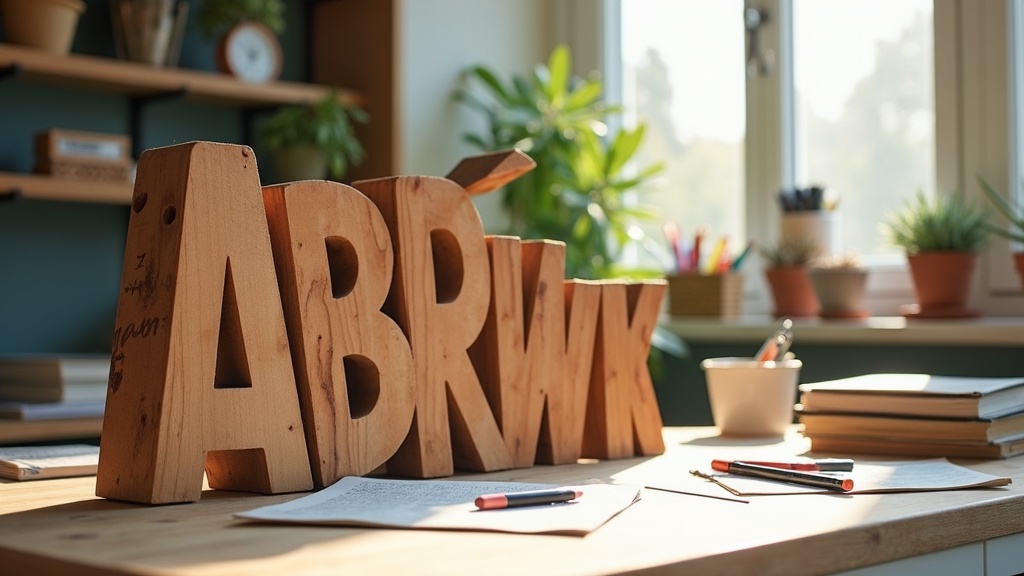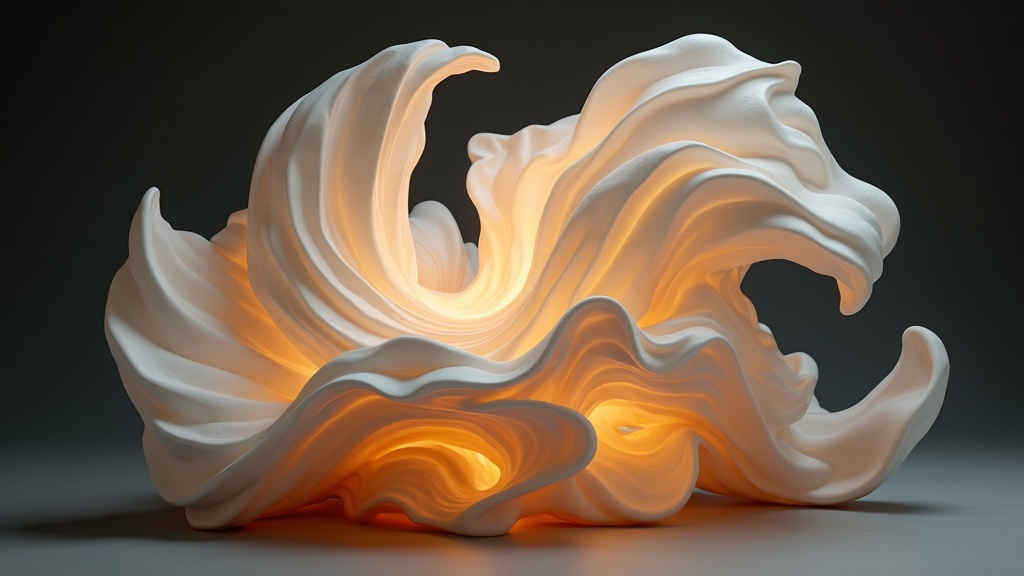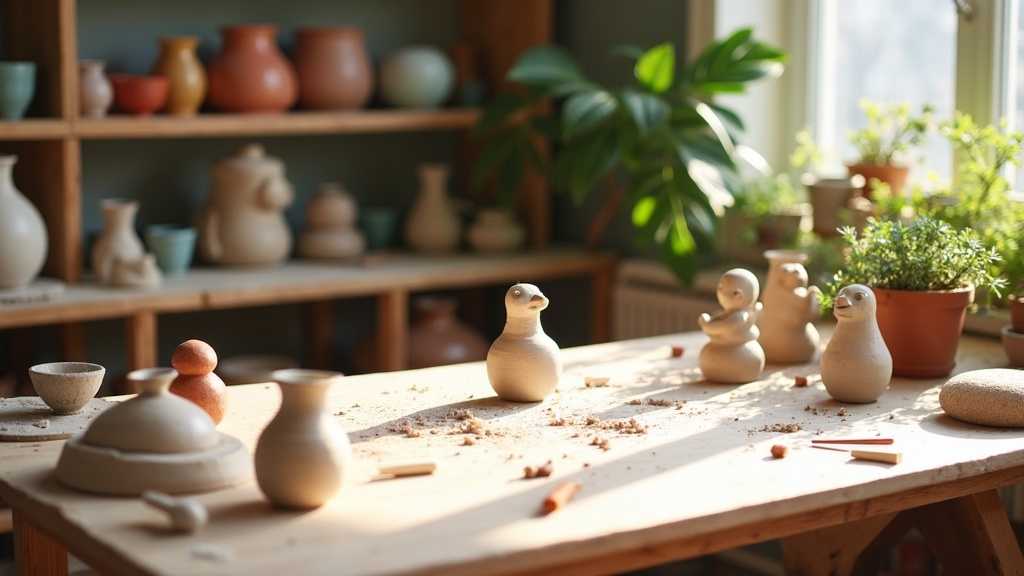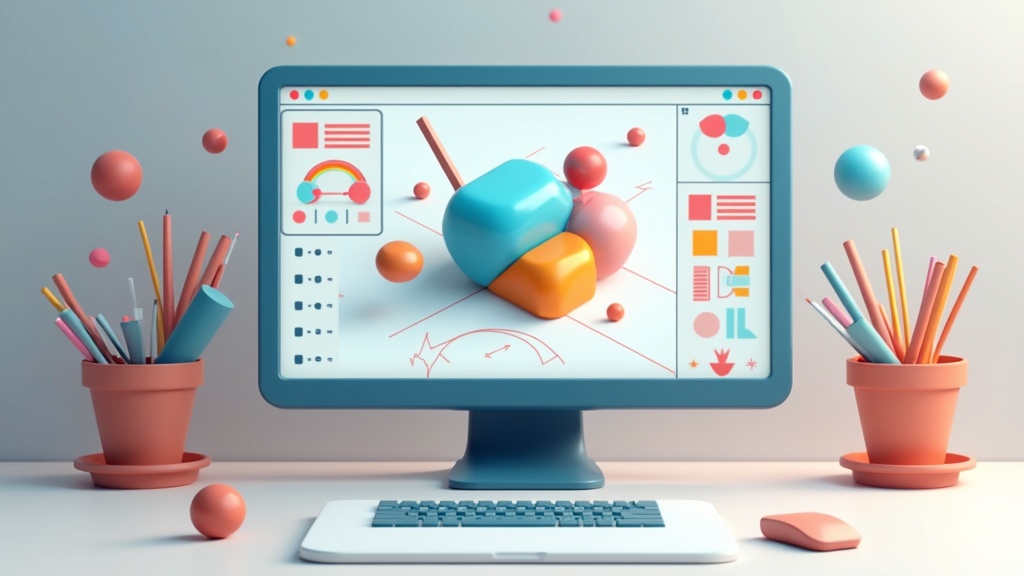Fine art and technology might seem like they belong in separate worlds, but the reality is that digital innovations keep changing what’s possible and how artists express themselves. If you’ve ever wondered how traditional painting, sculpting, and other fine art forms are merging with software and digital tools, it’s a pretty exciting space right now. In this article, I’m going to point out some trends, tools, and ideas that are powering this intersection.
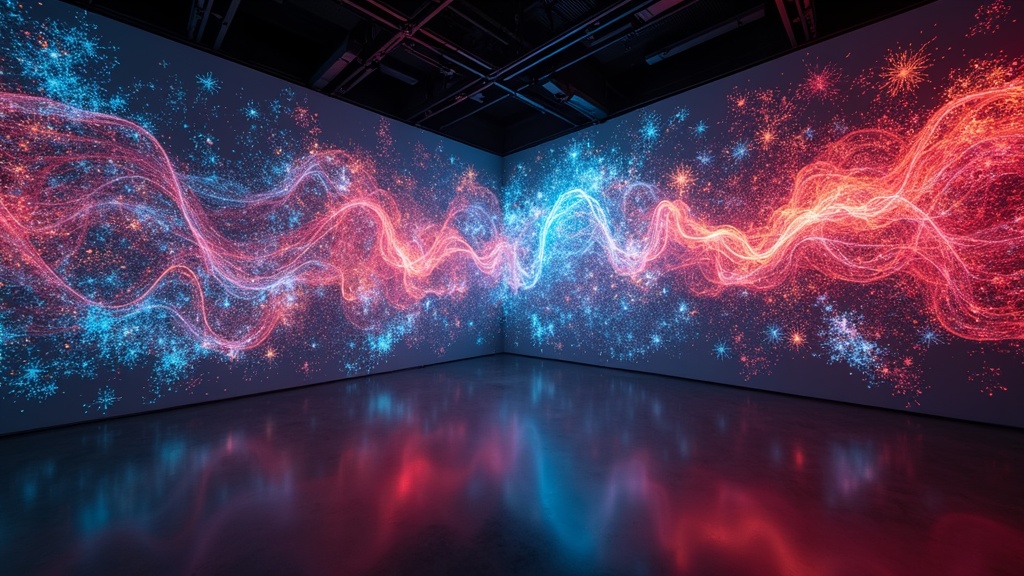
How Digital Tools Are Reshaping Fine Art Creation
Digital tech is all over the fine art scene, and it’s popping up in many forms. From graphic tablets and 3D modeling to interactive installations powered by code, new gear and software are unlocking creative paths artists never had before. Traditional painters have started experimenting with digital brushes, while sculptors can use software to prototype and 3D print objects, saving time and material costs.
Market growth for digital art matches this trend. The global digital art market is already worth billions, boosted by collectors, galleries, and even museums stepping into the online world. This switch doesn’t mean classic art skills get tossed aside, but adding tech tools can really expand an artist’s toolkit.
These innovations aren’t only about effects. They help artists work faster, test new ideas more easily, and share their creations with people all over the world. Imagine an artist who traditionally only showcased their paintings locally; now, with online galleries and social media, their work can attract global attention instantly.
In fact, some artists have found that combining traditional methods with digital tools allows them to break creative boundaries. For example, a painter might photograph their canvas and use digital software to experiment with new color schemes or overlay additional textures, all without changing the original.
Starting Out: Key Technologies Artists Are Using
If you’re thinking about dipping your toes into digital fine art, it’s helpful to get a sense of the main tools and terms. The equipment and software landscape might look kind of overwhelming, but some choices are pretty userfriendly even if you’re new to this field.
Artists are using digital drawing tablets, 3D printers, augmented reality (AR), and software for everything from simple sketches to advanced digital paintings. Each of these tools offers something unique, so here are a few you might see mentioned a lot:
- Drawing Tablets: These let artists draw directly into software like Photoshop or Procreate, providing the feel of pens, brushes, and more, but in a digital form.
- 3D Modeling Software: Programs like Blender or ZBrush let artists build virtual sculptures and even print them out using 3D printers.
- Augmented Reality (AR): Apps that let viewers experience art in their own space by layering digital images over real life using a smartphone or tablet camera.
Many artists layer these tools to produce mixed media works that blend digital and traditional elements. That helps them create pieces with textures, effects, and interactions that would be tough or impossible using only classic materials.
Some artists even use sound or motion sensors, adding another dimension to their digital work. The marriage of technology and creativity leads to expanded opportunities for expression, inviting people to experience fine art in completely new ways.
Step-By-Step: Getting Started with Digital Fine Art
Jumping into digital fine art is easier than it might seem. Here’s a quick guide to get you going:
- Pick Your Platform: Decide if you want to use a computer, tablet, or even your phone. Many beginners start with basic drawing programs on tablets.
- Choose Your Tools: Try sketching apps or 3D design programs first. Most have beginner tutorials and friendly communities online.
- Experiment and Practice: Test out digital brushes, layer effects, or 3D modeling features. Saving digital work at every step makes it simple to undo mistakes or revisit old versions.
- Share and Connect: Post work online for feedback, join forums, or follow other digital artists. Community is huge in the digital art world; it’s easy to get support and ideas from others.
- Blend Techniques: Don’t think you have to go all in digital. Lots of artists scan drawings or use photos of real-life paintings as a starting base, then use editing software to add digital elements.
Starting simple and exploring as you go makes the whole process much less intimidating. Plus, most of these options won’t break the bank and can be adapted as you grow your skills.
If you’re feeling stuck, tackling online challenges or prompts is a great way to push yourself and try out new techniques. With each new tool or method you experiment with, you’ll build a bigger creative toolbox.
Points to Weigh Before Investing in Digital Art Tech
Jumping into digital fine art does come with a few things to keep in mind. Common challenges involve software costs, keeping up with new versions, creative “block” when learning tech, and the question of authenticity in the digital age.
- Software and Gear: Many programs offer free versions or student discounts. Testing before you buy helps avoid wasting money.
- Learning Curve: Some software has tons of features, which can be intimidating. Following beginners’ tutorials on YouTube or community sites helps a lot.
- Artistic Identity: There can be a feeling of “Is my work really art if it’s digital?” but community acceptance is growing and digital fine art is more recognized than ever before.
- Safe Sharing: It’s smart to watermark your work or look into NFTs and copyright best practices before putting things online.
Software and Hardware Choices
Tablets and laptops designed for creative work can get expensive quickly, so shop around and read reviews. Some favorite affordable drawing tablets are the Wacom One and Huion Kamvas. Many artists also like iPads with Procreate, which has a onetime purchase fee and is easy to learn.
Upgrading your tech setup isn’t always necessary at the start. A basic tablet and a free digital art program can help you improve before you jump into professional gear. The key is to keep making work and learning on the go.
Skill Building and Inspiration
You’ll find loads of online courses and free resources. Skillshare, Udemy, and YouTube are packed with artistled lessons. Following other artists and trying group challenges (like Inktober or 36 Days of Type) is great for practice and jumping into the digital art community.
Art communities are full of creative prompts, techniques, and feedback. Keeping an eye out for opportunities to share your art helps build both skill and confidence.
Copyright and Art Theft
Making sure your art stays yours is important, so watermarking images before posting online helps. If you’re serious about selling or licensing, looking into digital rights management and platform policies is a good move.
Digital portfolios and secure marketplaces like Behance or ArtStation provide options to show and sell your art safely. Protecting your work online is part of the process for all digital artists.
Working through these hurdles is completely possible with a bit of patience and the right resources. Most difficulties fade with regular practice and some creativity in finding solutions.
Advanced Techniques and Strategies
Once you feel comfortable creating digitally, there’s a whole universe of advanced options. Digital art isn’t limited to drawing and painting. Lots of creators use algorithmic art, interactive installations, or even Artificial Intelligence as part of their process.
Generative Art: By using code, artists design systems that generate unpredictable patterns or visuals. Tools like Processing or p5.js are fun starting points that don’t require serious coding experience.
Mixed Reality: Combining realworld sculpture or painting with digital overlays in augmented reality can make an exhibit a lot more interactive for viewers visiting galleries, or even for people walking by with a smartphone.
Collaborative Projects: Digital technology makes it easy to work together across the globe. File sharing, live streaming, and virtual meeting tools mean artists can cocreate without being in the same room, or even the same continent.
Getting into these methods can keep your art fresh and open doors to new ideas and audiences. I’ve found that even artists who don’t stick with digital innovation forever still pick up techniques that breathe life back into their more traditional art practices.
For those who like to experiment further, combining digital fine art with sound or motion graphics can help your work stand out. You aren’t limited to visual art alone; the possibilities for crossdisciplinary mixes are growing fast.
Where Digital Fine Art Shows Up in the Real World
Some of the coolest examples of digital fine art happen at the intersection of online and offline spaces. You’ll find this kind of art at museums, festivals, social media, and even onlineonly galleries. Here are some examples you might see:
- Interactive Installations: Events like teamLab Borderless in Tokyo use projections, sensors, and sound to create shifting digital environments visitors can interact with.
- Online Showcases: Platforms like Artsy or Saatchi Art let artists upload and sell digital originals and prints to collectors worldwide.
- AR Art Walks: Some cities are hosting AR “walking tours,” where visitors use smartphones to see digital art layered over realworld architecture or landscapes.
Digital art also pops up in media and entertainment, such as animated films, concept art for games, and even digital collectibles known as NFTs. These platforms help digital fine artists find new audiences and build a following in ways that weren’t possible before the internet’s rise.
Meanwhile, collaborations between digital artists and traditional craftspeople happen more often as artists look for fresh ways to blend old and new. These partnerships may result in projects featured at major museums or public spaces, proving digital fine art is here to stay.
FAQs for New Digital Fine Artists
I get a lot of questions from artists new to digital fine art. Here are some of the most common:
Question: Can I mix traditional and digital techniques in my art?
Answer: Absolutely! Scanning sketches, painting over digital prints, or adding handdrawn textures to digital pieces are common ways to blend both styles.
Question: How do I display or sell digital art?
Answer: Digital platforms like Etsy, Gumroad, and ArtStation let you sell prints, originals, or even NFTs. Some artists also use Instagram and TikTok to grow a following and point people to their art shop or commissions.
Question: Will digital fine art replace traditional methods?
Answer: Not likely. Most artists see digital and traditional methods as different options, each with their own strengths. You don’t have to pick just one!
Digital Innovations Are Expanding Fine Art’s Possibilities
The intersection of technology and fine art keeps glowing up, creating so many new opportunities for artists at every level. With a mix of traditional skills and new tech, anyone can find a style or workflow that fits them. There’s space for everyone, from digital painters making wild, virtual worlds to sculptors 3D printing their next masterpiece. So don’t be afraid to experiment, stay creative, and keep an eye out for where these creative paths will head next.
